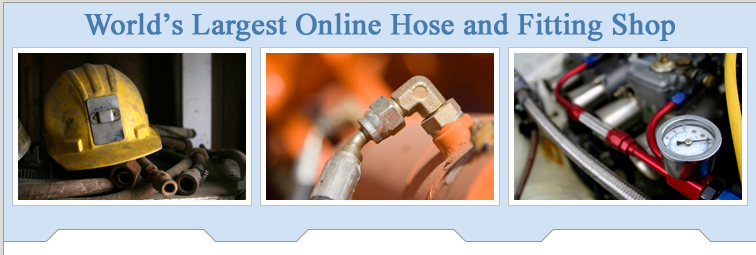
Part 3 of 3: Hydraulic Troubleshooting Guide 101
July 17, 2016
Here’s the final part of our 3 part series on hydraulic trouble shooting 101. STEP 5 – Relief…
By webadmin

Part 2 Of Hydraulic Troubleshooting Guide 101
July 10, 2016
Here’s part 2 of our 3 part series on hydraulic trouble shooting 101. a STEP 3 – Pump…
By webadmin

Part 1 Of Hydraulic Troubleshooting Guide 101
July 3, 2016
Many of the failures in a hydraulic system show similar symptoms: a gradual or sudden loss of high…
Hydraulic problems, hydraulic repairs
By webadmin

Fluid Power Safety Products
June 26, 2016
Fluid Power Safety 101 Safety is a critical aspect to any fluid power system, not just from the…
By webadmin

How air is getting into your pressurized hydraulic system?
June 19, 2016
Air typically enters the hydraulic system through the the pump inlet and, under certain conditions, past the rod seal of…
By webadmin

Cost of Air Leaks
June 5, 2016
Air leaks are much easier to ignore than oil leaks because they don’t draw attention to themselves in…
Hydraulic problems, Uncategorized
By webadmin

Monitoring Filter Condition
May 30, 2016
Let’s change gears and discuss the benefits of monitoring the condition of your hydraulic filter elements. a Warning of…
By webadmin

Simple Explanation of Seals
May 10, 2016
There are numerous sealing products, technologies, and techniques to keep oil in and contaminants out of the hydraulic…
By webadmin

Stopping the “Water Hammer” in Your Hydraulic System
April 3, 2016
In last week’s email, we talked about decompression and how to control it. Let’s wrap up the topic of noise…
By webadmin

Another Reason For Noise In Your System That Can Give You Problems
March 27, 2016
There is another intermittent and problematic source of noise in hydraulic systems – decompression. This problem arises because hydraulic oil…
By webadmin

